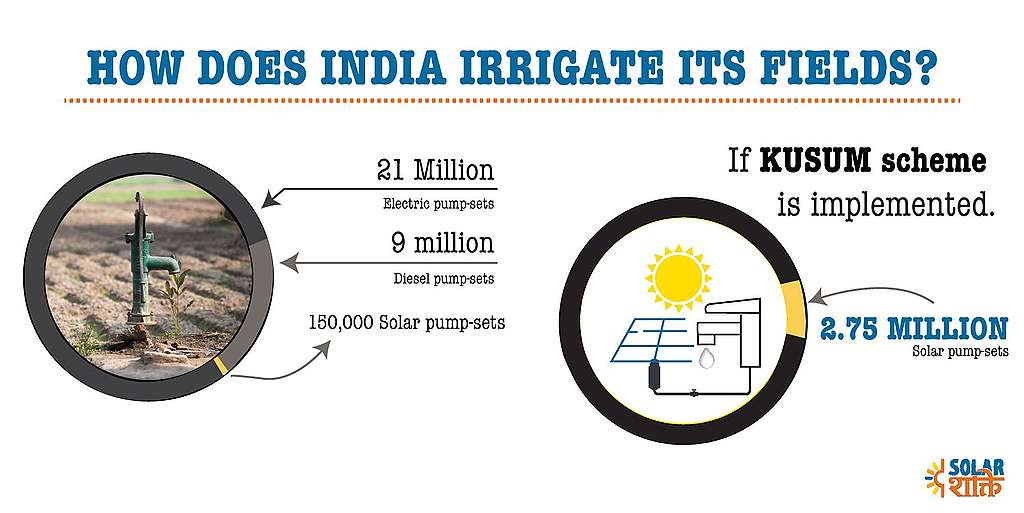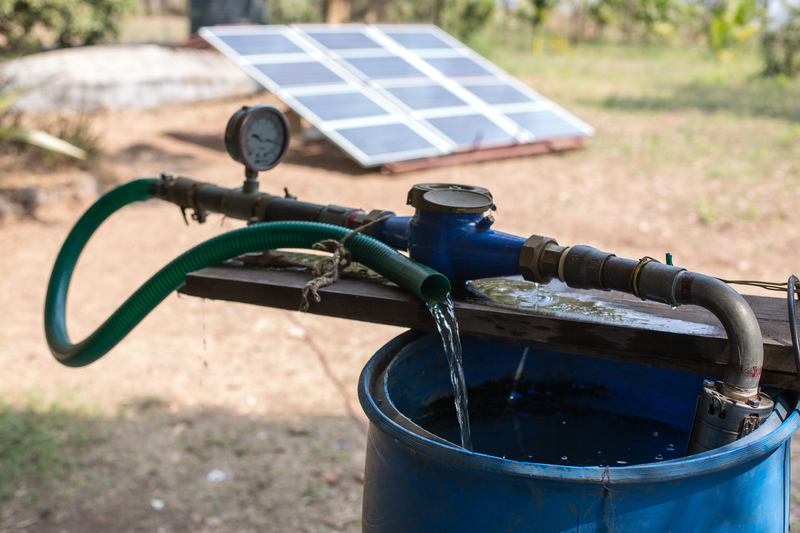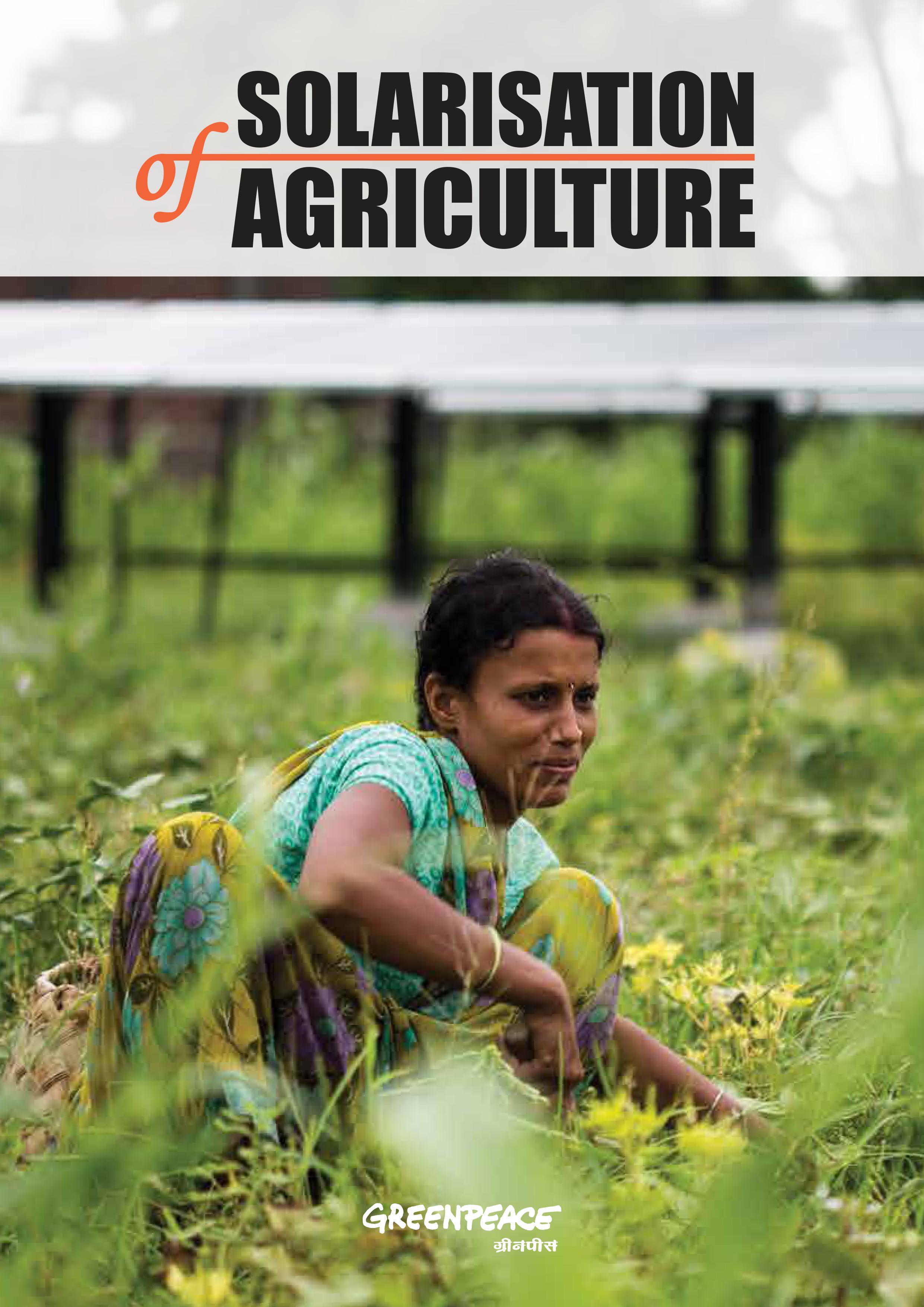For a long time, solar water pumps were considered to be standalone systems to be deployed in places where the grid has not reached. Solar water pumps were seen as the second best solution to grid connected pumps. They were considered useful only by farmers who were dependent on expensive diesel based pump-sets to offset fuel costs. However, with improvements in technology and reduction in the price of solar equipment, solar water pumps are now a good replacement for most, even all, grid connected electric pumps as well.
Almost all states in India do not offer 24×7 power supply to farmers. Power to farmer feeders are regulated in shifts of 8 hours and tends to be erratic. Farmers, therefore, have no control on the power supply available to them. This results in the practice of leaving water pump switched on throughout the day, such that when power is supplied, the field is irrigated. It often results in flooding of fields. This makes for a wasteful method of irrigation, particularly in India, which faces acute water scarcity. Thus, solar water pumps that give farmers control over their water and power supply, can also lead to an increase in groundwater conservation.
Two of the Indian power sector’s fundamental problems are:
- subsidised and often unmetered electricity for the farm sector
- the need for high-quality day-time power supply to farmers
In the case of Gujarat, for example, nearly 27% of the state’s electricity goes towards the farm sector, while recovery from this sector is a meager 3% of overall revenues. This reflects the extent of subsidy given to the farm sector. Despite this, quality day-time power is not always available.
In many states, agricultural power connections are also unmetered, resulting in systemic inefficiencies such as theft and transmission and distribution (T&D) losses getting bundled as agricultural loss. Besides, rising power prices for agricultural consumers adds to the challenges given the overall stress already being faced in the farm sector.

Under KUSUM scheme, government is expected to provide 2.75 million solar irrigation pumps to farmers across India. It can bring 💡in un-electrified villages & also help India meet its Renewable Energy targets
What the net-metered solar water pumps could do, if successful, is reduce agricultural power consumption from the grid and therefore, reduce ongoing subsidies to the farm sector and improve energy access to farmers. Solar water pumps can also fundamentally empowers farmers by providing them an extra ‘climate proof’ income, particularly at a time when low farmer incomes are a serious problem. This could be a good way to meet the Central Government’s goal of doubling farm income by 2022.
Pujarini Sen is a Climate and Energy Campaigner at Greenpeace India.

From sunlight to a clean energy efficient farming for securing a sustainable energy future for India!
Get Involved


